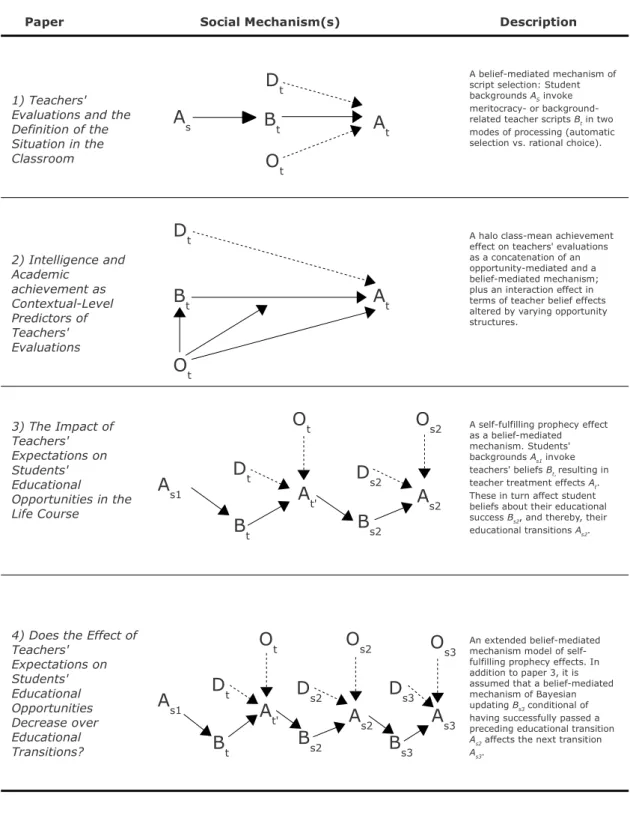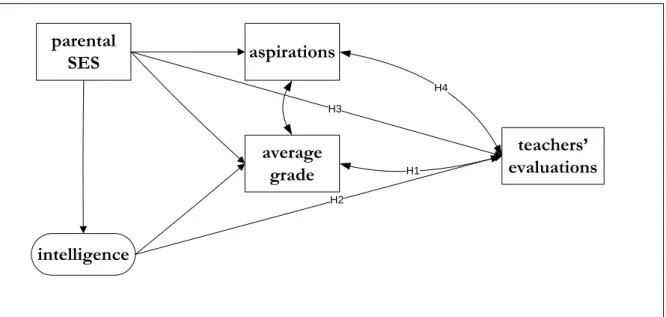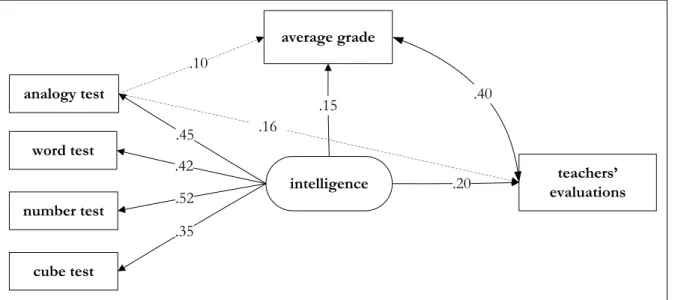Pygmalion's Long Shadow Determinants and Outcomes of Teachers' Evaluations Inauguraldissertation zur Erlangung des Doktorgrades der Wirtschafts- und Sozialwissenschaftlichen Fakultät der Universität zu Köln 2012 vorgelegt von Dominik Becker, M.A. aus Köln
Volltext
Abbildung
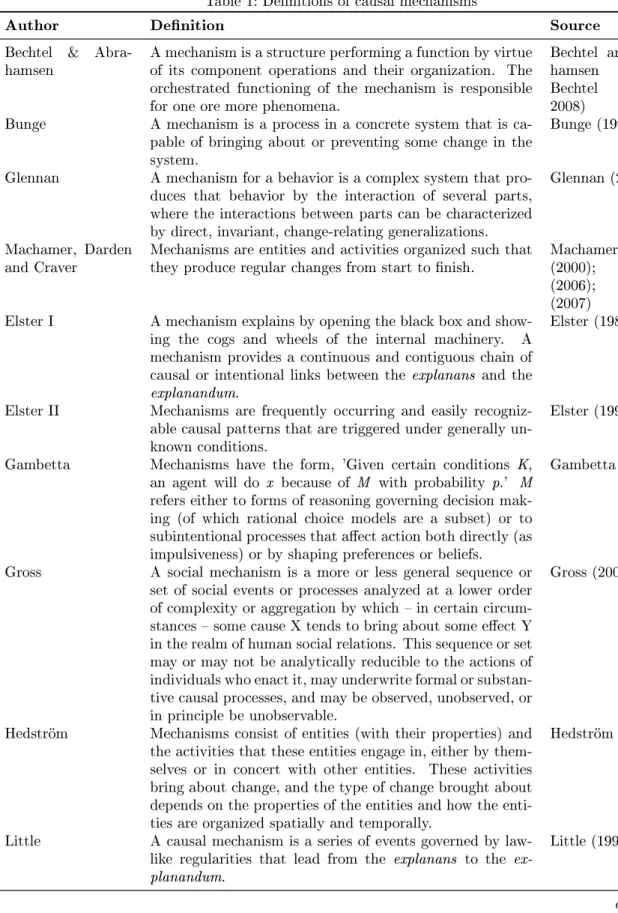

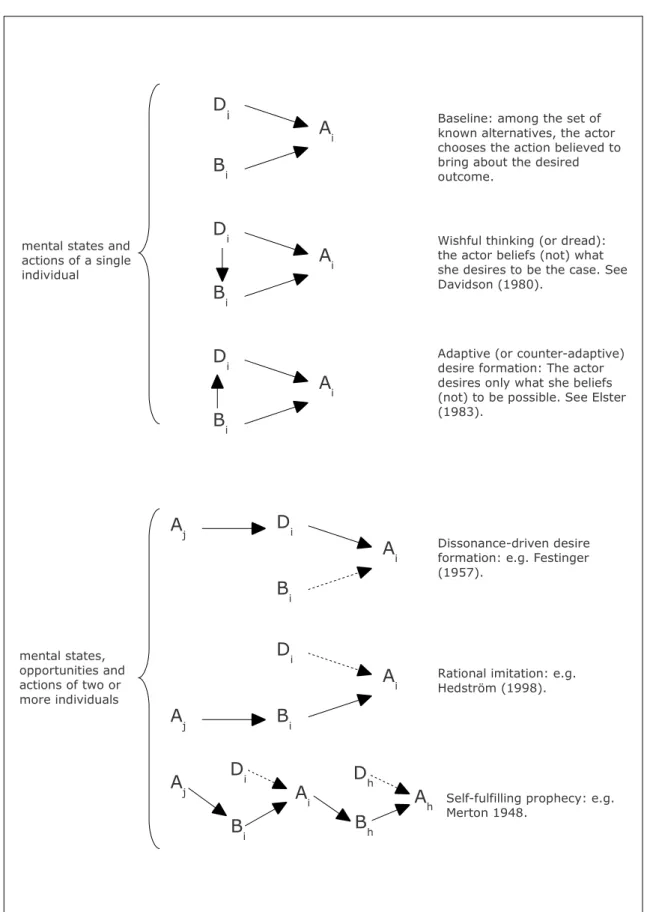
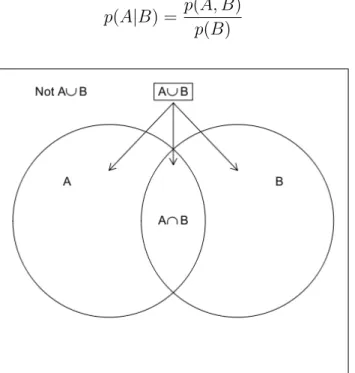
ÄHNLICHE DOKUMENTE
L’inégalité de potentialités traduit, quant à elle, la différence dans les moyens disponibles : les équipements et les infrastructures, les actifs
In the first step, the authors model the effect of each ad on brand sales using an error correction model (ECM) and in the second step they systematically regress the short-
Sie gibt Aufschluss darüber, wie stark sich die idealtypischen Organisationsformen (Funktionalorganisation, Divisionalorganisation, Matrixorganisation oder Projektorganisation)
Figure 3: Coefficients and 95% confidence intervals of number of grandchildren (without and with a control for grandchild care) on A) number of regular activities (left panel)
Given the reported relationship between students’ expected grades and evaluation scores, techniques that increase teaching efficiency, as reflected in student comprehension
dialects of Syria and Lebanon (as also for volitional verbs governing
The study focuses on attitudes of teachers and student teachers in the field of Special Education in Bavaria towards integration of children with disabilities in regular schools..
• Sampled points may be equally distributed at the begin, becomer thinner or denser in different regions during evolution need for resampling procedure.. • Topology changes due
